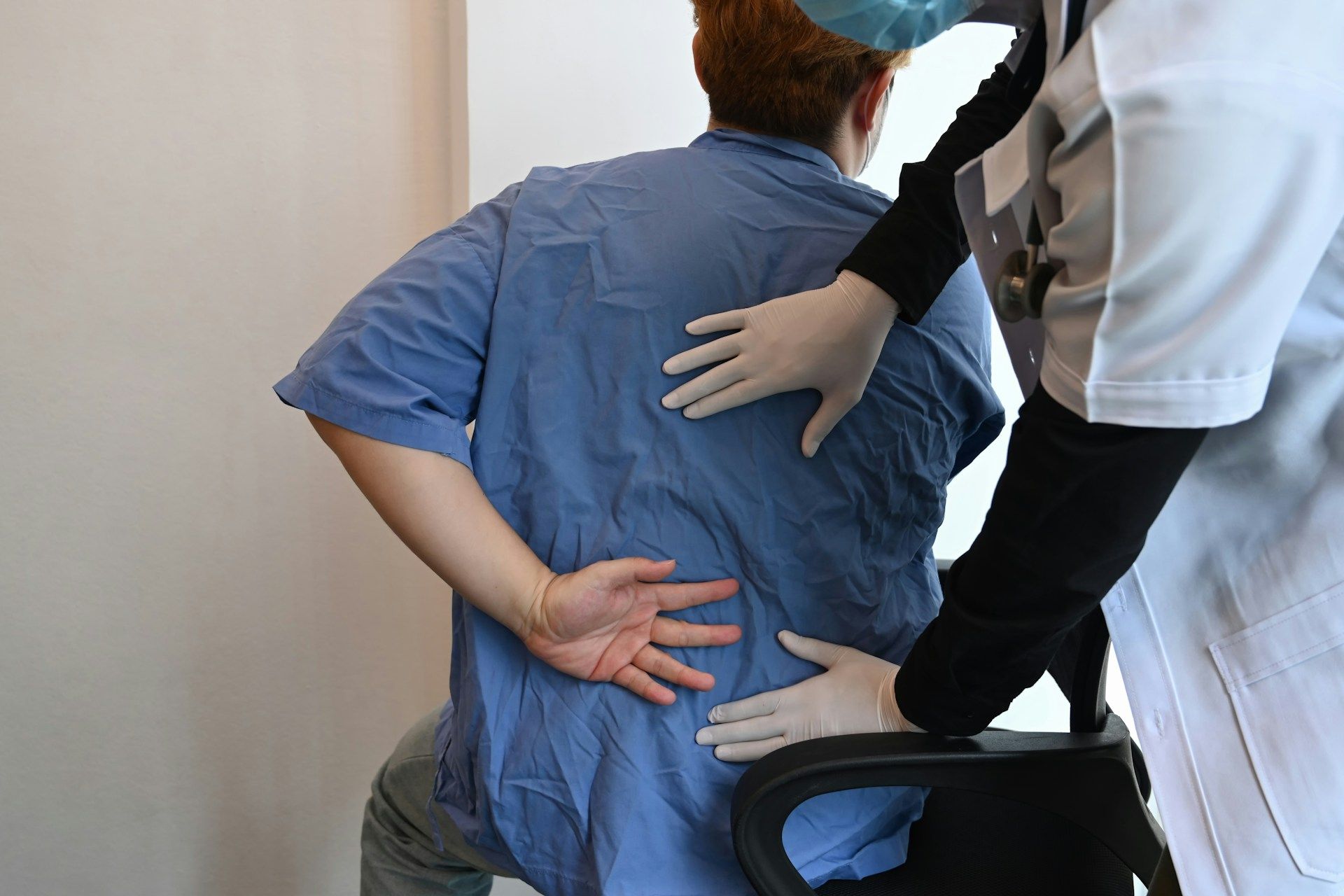Understanding and Treating Complex Regional Pain Syndrome (CRPS)
Dealing with pain can be difficult, but it becomes even more challenging with a complex condition like Complex Regional Pain Syndrome (CRPS). This chronic pain disorder most often affects an arm or a leg. It usually develops after an injury or surgery but can also appear without any clear cause. The pain experienced with CRPS is often much worse than the original injury.
CRPS can lead to a range of painful symptoms that make everyday tasks hard to manage. The affected area can be extremely sensitive, making even a light touch highly painful. Swelling, changes in skin color, and temperature changes in the affected limb are also common. These symptoms can vary over time and from person to person, adding to the complexity of the condition.
Managing CRPS requires a multi-pronged approach. Treatment can include medications, physical therapy, and other techniques to help manage pain and improve function. This article will guide you through understanding CRPS, recognizing its symptoms, and exploring various treatments available. Whether you are experiencing CRPS yourself or have a loved one who is, knowing more about this condition can help you find effective ways to manage it.
What is Complex Regional Pain Syndrome (CRPS)?
Complex Regional Pain Syndrome (CRPS) is a chronic pain condition that usually affects one limb. It often occurs after an injury, surgery, stroke, or heart attack. The pain experienced with CRPS is typically out of proportion to the severity of the initial injury. There are two types of CRPS: Type 1 (Reflex Sympathetic Dystrophy) and Type 2 (Causalgia). Type 1 does not involve nerve injury, while Type 2 does.
CRPS can lead to various problems in the affected limb. These problems can include intense pain, swelling, and changes in skin color and temperature. The pain is often described as a burning sensation and can spread to other parts of the body. The condition can also cause changes in hair and nail growth, making the affected area look and feel different than usual.
The exact cause of CRPS is not well understood. It’s believed that it might involve abnormal responses from the nervous system. This condition can be difficult to diagnose and treat, making it crucial for patients to seek specialized care. Early diagnosis and treatment are crucial for managing symptoms and preventing the condition from worsening.
Symptoms and Diagnosis of CRPS
Recognizing the symptoms of CRPS early can make a big difference in treatment outcomes. The primary symptom is severe pain in a limb, which is usually much worse than the initial injury would suggest. This pain can be persistent and intense, often described as a burning or throbbing sensation. The affected area may also be extremely sensitive to touch or even changes in temperature.
Other symptoms can include swelling, changes in skin color (ranging from pale to red or blue), and temperature changes in the affected area. The skin might also become shiny and thin, with changes in hair and nail growth. Some people experience joint stiffness and muscle weakness, making movement difficult.
Diagnosing CRPS can be challenging since its symptoms often resemble those of other conditions. Doctors usually start with a detailed medical history and physical examination. They may order imaging tests like X-rays, MRI scans, or bone scans to rule out other conditions. In some cases, they might use nerve tests to check the functions of the affected nerves. Early diagnosis is important for starting treatment as soon as possible, which can help manage symptoms more effectively.
Non-Medication Treatments for CRPS
For those dealing with CRPS, non-medication treatments can be very helpful. Physical therapy is one of the most common approaches. It focuses on improving mobility and function while reducing pain. Physical therapists use exercises to strengthen muscles, improve flexibility, and increase circulation in the affected area. Consistent therapy can make daily activities much easier and less painful.
Another popular treatment is occupational therapy. Occupational therapists help patients learn new ways to perform daily tasks, making them more manageable. This can involve using special tools or techniques to reduce the strain on the affected limb. The goal is to help patients gain independence and improve their quality of life.
Sometimes, patients benefit from psychological support. Living with chronic pain can be tough on mental health. Cognitive-behavioral therapy (CBT) helps patients manage pain by changing the way they think about it. Relaxation techniques like deep breathing and meditation can also reduce stress and pain levels.
Medication Options and Pain Management Techniques
Medications are often a key part of managing CRPS. Over-the-counter pain relievers like ibuprofen can help with mild to moderate pain. For more severe pain, doctors might prescribe stronger medications such as opioids. However, these come with a risk of dependency and side effects, so they are usually used with caution.
Nerve blocks are another option for pain relief. These involve injecting an anesthetic near the affected nerves to block pain signals. This can provide temporary relief and make other therapies more effective. Some patients find relief through spinal cord stimulation. In this procedure, a small device is implanted near the spinal cord to send electrical pulses that interfere with pain signals.
Additionally, there are medications that specifically target the pain signals. These include certain antidepressants and anticonvulsants, which can help make the nerves less sensitive to pain. Each patient is different, so finding the right combination of treatments often involves some trial and error.
Conclusion
Dealing with Complex Regional Pain Syndrome (CRPS) can be incredibly challenging, but there are many ways to manage this condition. Understanding CRPS and recognizing its symptoms early can lead to more effective treatment strategies. Non-medication treatments like physical therapy, occupational therapy, and psychological support can offer significant relief and improve quality of life.
Medications and advanced pain management techniques, including nerve blocks and spinal cord stimulation, provide additional options for those with more severe pain. Each individual's journey with CRPS is unique, requiring a tailored approach that addresses their specific needs and challenges.
At Apollo Spine and Pain Center, we specialize in helping patients manage CRPS through a combination of advanced treatments and compassionate care. If you or a loved one are struggling with CRPS, schedule an appointment with us today to explore the
best pain management options tailored to your situation. Let us help you find relief and improve your quality of life.












